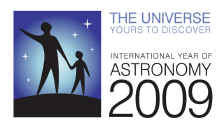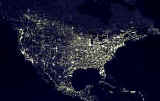 |
nightwise.org |
|
Featuring Let There Be Night and Night Vision.
Errant and excessive outdoor lighting detracts from the night. Often dubbed light pollution, this wayward light is commonly seen as glare, spillover (including light trespass), and sky glow. Why does it matter? By implementing better lighting practices:
|
||
| -you lessen greenhouse gas emissions that contribute to global warming. |
Correcting the impact of light pollution is often just a matter of awareness. You can help prevent outdoor lighting from impinging on the night sky by aiming lights downward; by turning lights off when not in use; by covering exposed light sources with full cut-off shields; by not over-lighting; and by installing sky-friendly fixtures. Please take pride in preserving our common heritage, for we are all stewards of the night.
Let There Be Night program features two DVDs of resources that support dark skies. See www.LetThereBeNight.com/dvd.html.
Nightscapes Around Town
The International Dark-Sky Association defines light pollution as "any adverse effect of artificial light including sky glow, glare, light trespass, light clutter, decreased visibility at night, and energy waste." While high-quality exterior lighting can benefit society, below are some typical nightscapes around town. (See more examples of both good and bad lighting.)
(See more examples of lighting, good and bad, from around town.)
Let There Be Night Program
| Let There Be Night is a two-part program in which students first visit a planetarium to experience three aspects of light pollution. They decide whether to act to address the glare, sky glow, and light trespass, and if so, how. Second, the students quantify the sky glow over the community both through visual observations and with hand-held Sky Quality Meters. Students in grades 3-8 participate in the hunt for stars in Orion as part of the Globe at Night program. In the classroom they interpret their data and discuss the trade-offs of lighting technology and the social decisions related to outdoor lighting. Finally, the citizen-scientists share their results with the community. As part of the 2009 International Year of Astronomy, a team of students in the Penn Harris Madison school district built a 3-D model of their results out of 35,000 LEGO® blocks based on the observations of 3,400 students. See www.lettherebenight.com for details. |
Exploring National Park Skies
 |
http://www.planetary.org/explore/topics/how_it_works/planetary_analogs/parks.html
Astronomy professor Tyler Nordgren journeyed across America exploring the connections between the National Parks and the wonders of the night. After twelve parks in twelve months, Nordgren's observations and stunning photography are featured in Stars Above, Earth Below on the Let There Be Night DVD. |
 |
Loss of Night
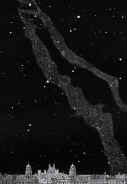 |
The loss of our night sky in less than a century and a half
is strikingly evident from these illustrations of the stars and the Milky
Way over London and over Paris. More at http://www.atlascoelestis.com/.
Left: http://www.atlascoelestis.com/22.htm Right: http://www.atlascoelestis.com/guil%2025.htm |
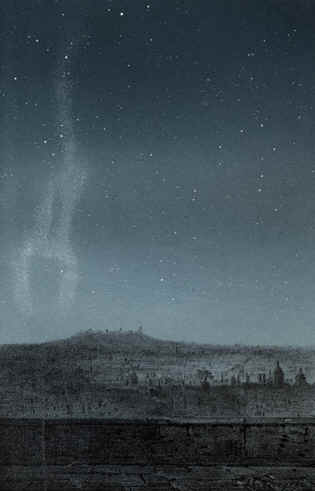 |
Waste
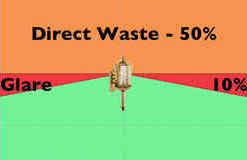 |
In broad terms... http://www2.nature.nps.gov/air/lightscapes/lighting.cfm Caveat: The total energy loss is much worse than it appears. See Energy Chain. |
In Light Pollution Handbook, authors Kohei Narisada and Duco Schreuder conclude that the greatest challenge falls in the laps of educators. “A lack of awareness, rather than specific resistance, is generally the biggest problem in controlling light pollution.” The best means to improve the situation is education outreach, they assert, for the path to darker skies is “more a matter of improving priorities, rather than of inventing new tools.”









